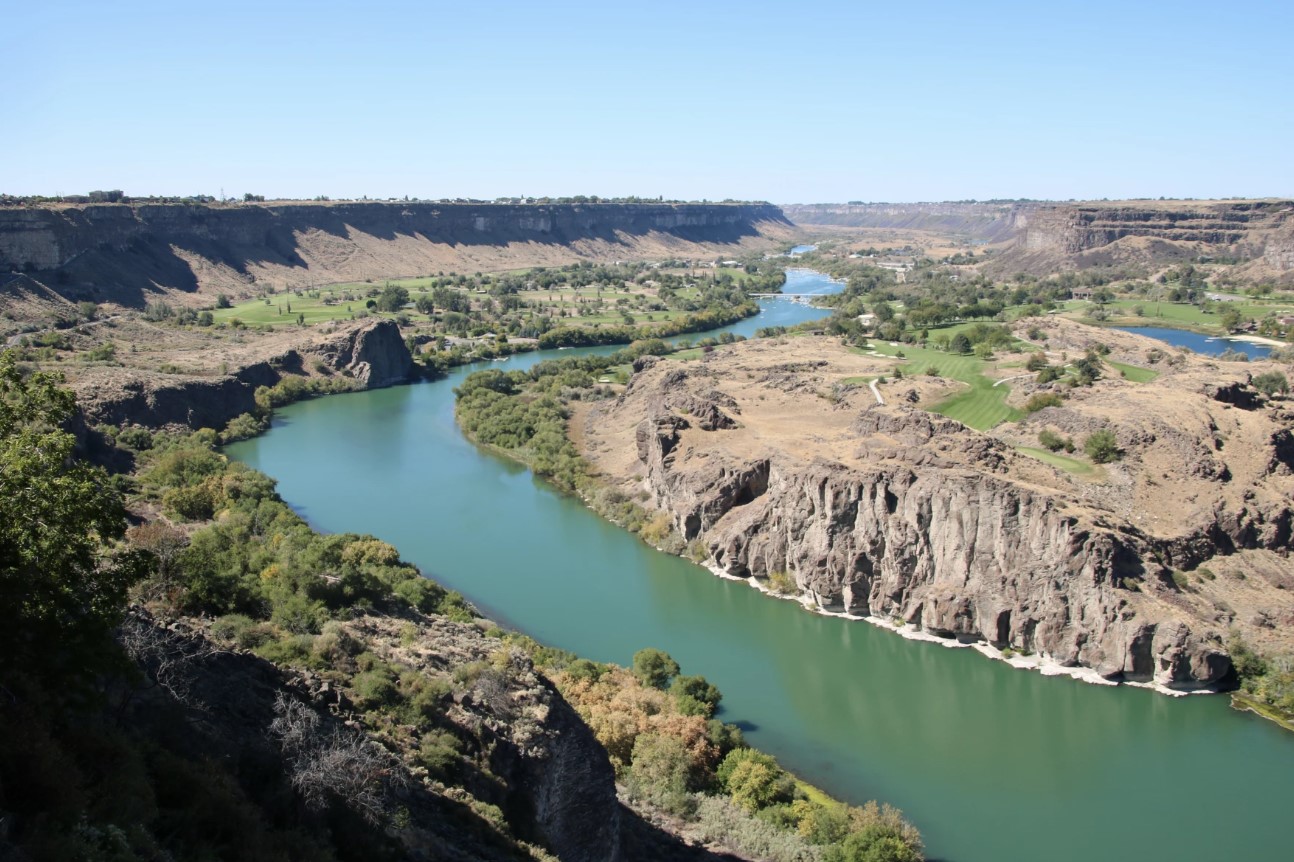By Rachel Cohen (Boise State Public Radio News)
A copper-based pesticide will be released into the Snake River this week as the Idaho State Department of Agriculture attempts to eradicate invasive quagga mussels.

The chemical, called Natrix, is known to be toxic to aquatic mussels at all life stages. It had already been specially approved to control invasive mollusks in Idaho by the U.S. Environmental Protection Agency.
ISDA’s treatment will start on Tuesday, Oct. 3, in the Snake River where quagga mussel larvae have been found — a six-mile stretch between Twin Falls Dam and Centennial Park in Twin Falls County.
Since the initial discovery on Sept. 18, sampling has detected more quagga mussel larvae, particularly near Shoshone Falls. While scuba diving, ISDA staff also found one adult mussel, smaller than the size of a pinky nail, on the bottom of a rock 16 feet under the surface.
The mussels pose a big threat to the entire Columbia River Basin because of the damage they can do to infrastructure, including irrigation, hydropower and drinking water equipment — destruction that could cost Idaho hundreds of millions of dollars per year. Once there’s an infestation, the mussels are extremely hard to get rid of.
To try to kill the quagga mussels while it’s still possible, Natrix will be introduced to the water to reach a concentration of 1 ppm, a rate that will eradicate mussels, ISDA said, but is below the human drinking water standard. The chemical is likely to kill fish in the area.
“If we do nothing, it is worse for the river,” said ISDA Director Chanel Tewalt during a town hall explaining the treatment plan. “But we want everyone to understand that this treatment doesn’t come without downsides.”
The strategy, which Tewalt described as the “most aggressive” mussel eradication approach tried in the U.S., was developed by ISDA, along with several other state agencies, Idaho Power, canal companies and federal agencies, such as the EPA, the U.S. Fish and Wildlife Service and the U.S. Bureau of Reclamation.
How will the treatment work?
ISDA staff will put 275-gallon metered-gravity totes filled with Natrix in the water at three key sites: Near Twin Falls Dam, Shoshone Falls and Centennial Park.
Tens of thousands of gallons of the chemical will slowly flow out of the boxes during the four-day treatments. Two treatments will be done near Shoshone Falls where the most mussel larvae have been found…
Home | Caravan to Midnight (zutalk.com)





